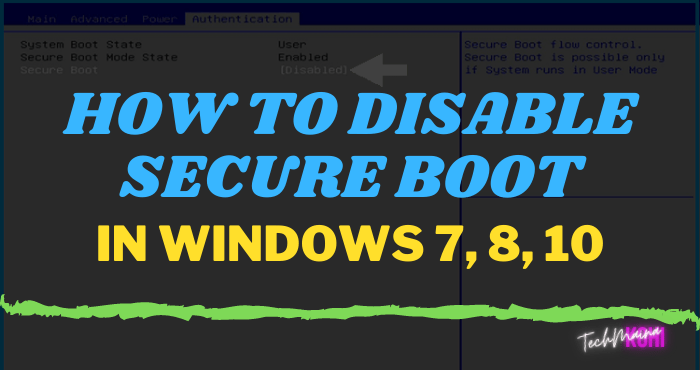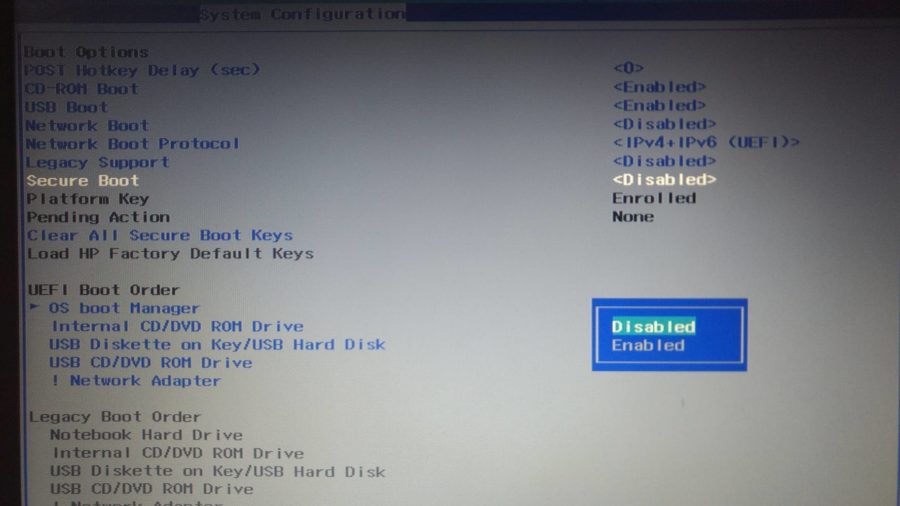

So let’s get started… Method 1: Bypass Secure Boot and TPM 2.0 Check in Windows 11 using Registry Editor Because in older computers, there is no option to enable “ TPM 2.0” & “ Secure Boot“.īut thanks to our Windows community for giving this quick hack. So be careful while enabling them.Īnd if you are not sure, then you can use the PC Health Check App.Īlso according to me, all the Motherboards or CPUs that are manufactured in the last 4-5 years will definitely have these “TPM Chips” and “ Secure Boot Mode” on their board.Īnd if you are using an old PC or Laptop then it might have “ Legacy BIOS Mode” in which installing Windows 11 is like impossible. In Intel-based CPUs, TPM settings are named as Platform Trust Technology (PTT) and in AMD-based CPUs, it is named as AMD fTPM settings. Just you have to go to BIOS settings and then enable the “ Secure Boot” option and then the “ TPM 2.0” option. This is called a secure boot thus protecting your system from potential security threats.Although, It is very easy to bypass if you are using a “ UEFI BIOS Mode” Laptop or PC. If it detects any rootkit or other malware, the UEFI will not boot and move on to the next bootable device in the boot order. Now if your hardware has a UEFI firmware and you are going to install Windows 8 or later, on starting the system, the UEFI will check the digital signature of Microsoft in the bootloader of the bootable device. This can cause a tremendous security loophole in your PC software.

The legacy BIOS will only look for the bootloader and upon finding it boots the operating system without noticing or detecting the hidden malware. In today’s time when there is a surge in malware and spyware attacks, any malware can inflict or even replace the boot loader easily. It is windows boot loader in case of windows OS and a GRUB boot loader if the operating system is Linux. According to the boot order which a user has set, BIOS boots the boot loader of the operating system. After that, the BIOS checks the list of all the available bootable devices like hard disk, CD drive, removable USB drive, etc. When a PC or a laptop boots, power on self-test (POST) takes place which checks all the necessary hardware of the system. Before we learn to use the UEFI functionality, let’s know how the legacy BIOS and UEFI firmware works when a system boots. Secure Boot is possible only if your PC hardware comes with a UEFI firmware (software that communicates between hardware and operating system). Secure boot as the name suggests is booting from the operating system in a more secured way.


 0 kommentar(er)
0 kommentar(er)
